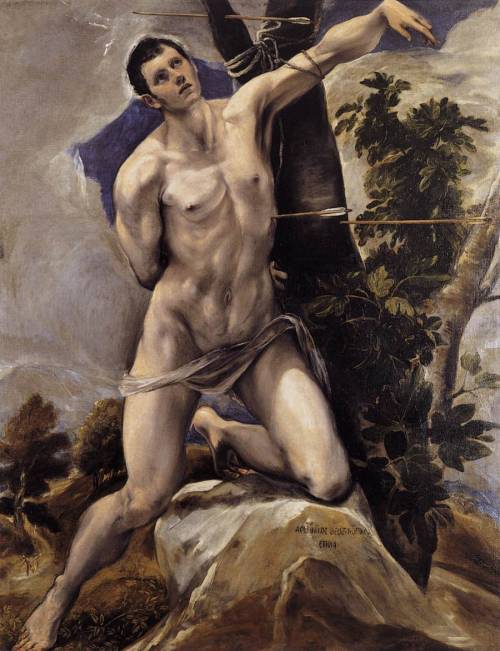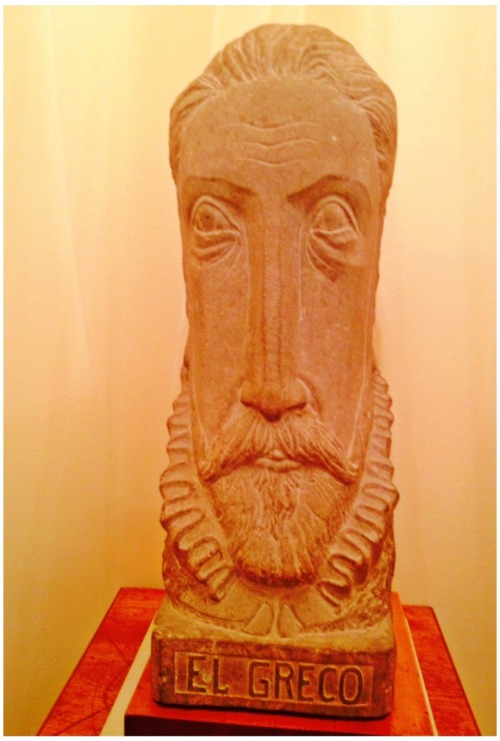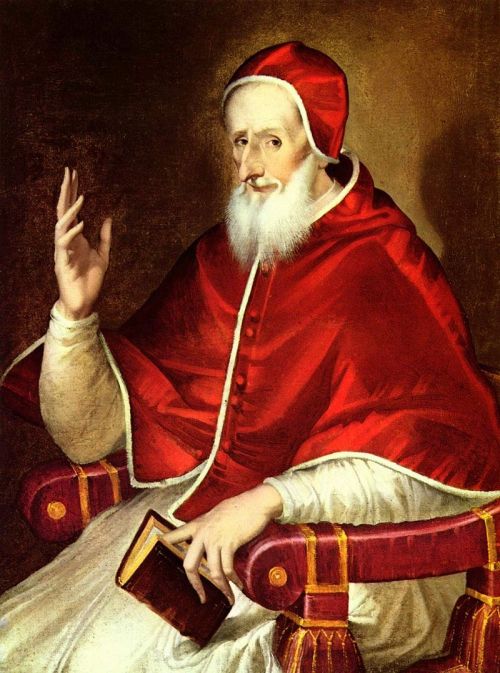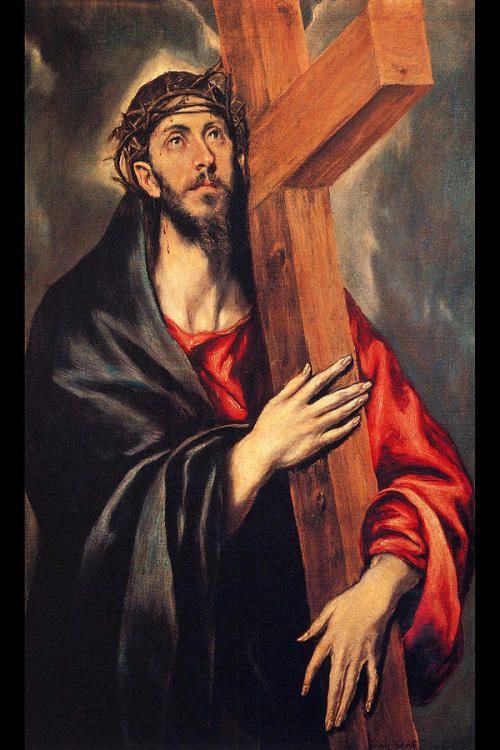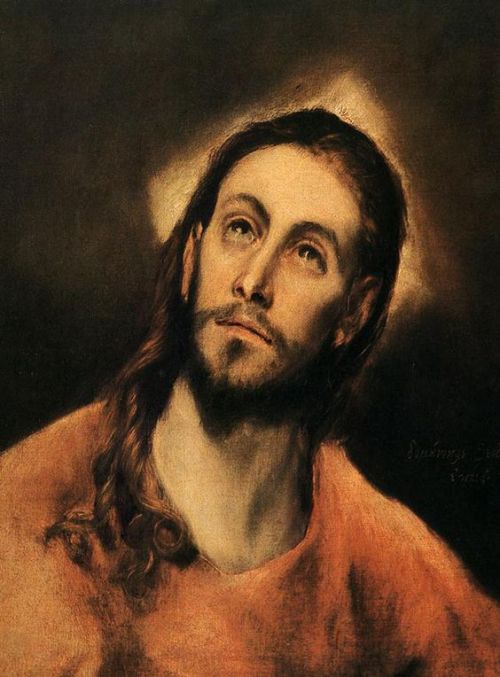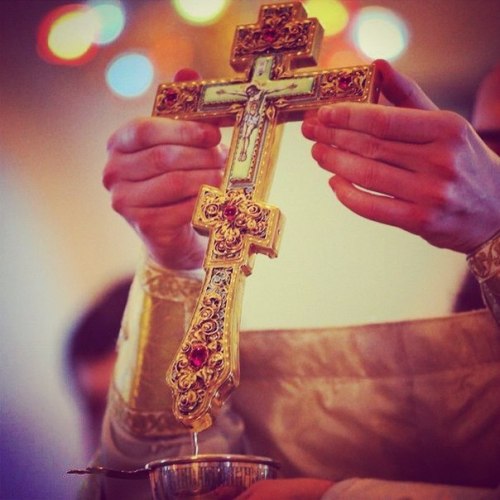#el greco
Vangelis • EL GRECO (Movement VI, in particular). 1998
El Greco (Domínikos Theotokópoulos, Candia, 1541 – Toledo, 1614)
Ritratto di San Pio V
1600-10, Collezione Moussalli, Roma
Olio su tela
-
Mo sò certa che puro che sei popo truzzo avrai capito che er quadro su ‘a copertina der libbro mio è stato abbilmente modificato dar maggico grafico de Mimesis, che è mejo der Patata quanno che modifica li motorini. L’originale era così, e come vedi è un ritratto de papa Pio V fatto da Er Greco. Cominciamo cor parlà der papa, che appunto se chiamava Pio. Mo tu de Pio conoscerai sì e no Er Pulcino, ma de papi che se chiamaveno Pio ce ne sò stati ben dodici (e se sò fermati sortanto perché tredici potrava male); e in effetti Pio qui Pio là, pijavano a piene mani. Er nummero cinque daa serie in reartà pare fosse piuttosto sobbrio de abbitudini, ma pe er resto era popo un ber tipetto: inquisitore, persecutore de eretici e de ebbrei, sponsor de crociate contro li turchi, nonché perfezionatore dell’indice dii libbri proibbiti, ndo sto libbro mio de cui se parla sarebbe senz’antro finito. Ma nonostante ciò, fu puro fatto santo ner 1712.
Parlando poi der pittore, era un artista parecchio a modo suo e quasi visionario, e ciaveva soprannome Er Greco perché appunto era greco, anzi cretino – pardon - cretese, che però all’epoca Creta faceva parte dii possedimenti de Venezia. Studiando come da prassi ‘a pittura italiana, se invaghì der Manierismo, e saa cominciò a sentì tarmente calla che addirittura propose a sto papa qui, er sor Pio V, de dà na mano de intonaco sopra ar Giudizio Universale de Michelangelo e ridipigne tutto daccapo. Anfatti na vorta che je fecero n’intervista e je chiesero che ne pensava der Buonarroti, rispose che “pe carità, era un bravo regazzo, ma a dipigne popo nun era bono”. E questo ce pò avè du motivi: o Er Greco era stupido, cosa che nun credo, oppure era un buciardo, ma de quer particolare tipo de buciardo diciamo inconscio, cioè che dice quello che pensa de pensà, ma in effetti ner profonno dell’animo suo, in quer doppiofonno oscuro in cui ‘a coscienza avanza a tentoni, pensa na cosa diversa. Anfatti Er Greco fu influenzato da Michelangelo, ma forse perché je rodeva ammettelo forse perché se vergognava a dillo, ‘o schifava. Come se dice, chi disprezza compra.
Post link


Audrey Hepburn and Mel Ferrer on the set of “El Greco”, Toledo, Spain, 1964.
“For God so loved the world that he gave his one and only Son, that whoever believes in him shall not perish but have eternal life.”
John 3:16
Artwork: Christ carrying the Cross
Author: El Greco
Post link
Mannerism
“View and Plan of Toledo” – El Greco
Mannerism was a form of Renaissance artwhich emphasized a…
Post link

I have become accustomed to going up the grand staircase at the Art Institute of Chicago and encountering El Greco. El Greco’s “Assumption of the Blessed Virgin” has been living at the Art Institute for a long time. Now, however, it has been joined by a number of other El Greco works, forming a thoughtful, engaging exhibition that brings together more El Grecos than I have seen in one place before (admittedly, I have not been in the Prado in Madrid, or Toledo, where El Greco lived and worked for so long).
Doménikos Theotokópoulos, who was known for most of his career and to history as “the Greek,” lived from 1541 to 1614. He was originally trained as an icon painter for the Orthodox church (and one of his icon paintings is included in the exhibit). Exposure to Venetian art caused him to change his style and adopt Western art practice. From Italy, he ended up in southern Spain, and gradually gained a career painting both religious subjects and court portraits. There were plenty of other artists at the time whose careers followed similar archs.
The problem is, the narratives of art history come up short when confronted with work as genuinely original as El Greco’s. Yes, I learned about how “Western art” traversed from Renaissance realism to mannerism and the Baroque in the late 16th century. The thing is, if you look at El Greco’s contemporaries (Bernini, Caravaggio, Vermeer, Reubens), they look very different from El Greco. In point of fact, it’s not the subject matter, but the painting style that’s so fascinating. El Greco’s acknowledgement of the painterly aspects of his work is more aligned with art of the late 19th century than it is with art of the 16th and 17th centuries. His elongated and attenuated figures are genuinely odd. Even if you rationalize that they were meant to be seen form below, it doesn’t explain why so many of the figures look stretched.

El Greco is also kind of like the 17th century Margaret Keane, the master of the Big Eyed figure. No other artist of the time was painting faces with these huge, liquid, tear-filled eyes. Yes, the works are uniquely appealing and emotional, but weirdly kitschy, in part because we have have come to associate big-eyed portraits with pop culture and canned emotional effects.

I also love the strange things that hands seem to do in El Greco’s work. Check out this detail from a portrait he did of a Spanish cleric. The middle finger of the guy’s left hand is keeping track of a page in a book. But the shape and shadow of the open book is extremely vaginal, and that middle finger appears to be gently probing or stroking the opening. The sly, sexy smile on the sitter’s face also suggest that there’s something more going on than keeping track of a text.

By the time you get to the works that El Greco created at the end of his life,things are getting pretty crazy. Yes, I could point to works by other Baroque artists that take considerable liberty with human anatomy, but this crowd of naked fabric-bunchers doesn’t make any sense to me at all. You will have to wait for Cezanne or Matisse, painting bathers in the post-Cubist world of the 20th century, before you find human forms this stylized. I am reminded of Leonardo da Vinci’s comment that Michelangelo made muscles look like a bag of rocks. These are sacks of potatoes with genitalia, giant naked Gumbies with their arms raised in supplication.
I also couldn’t help but think of the Austrian writer Thomas Bernhard, who said that the Old Masters were nothing more than “assistant interior decorators to the Catholic rulers of Europe.” There are so many religious paintings here, sometimes in multiple iterations of the same subject, because, hey, the rulers of Spain were holding the line against the Protestant rebellions.They needed over-the-top emotionally intense Catholic art to hang on to their customers. El Greco provided that for them in spades, and did it in a way that radically predicts the fascination with materiality (paint for paint’s sake) that wouldn’t become common practice for another 250 years. Nice work if you can get it.
Pietàd’El Greco, huile sur toile de 1592, 120 x 145 cm, collection particulière parisienne.
Post link


